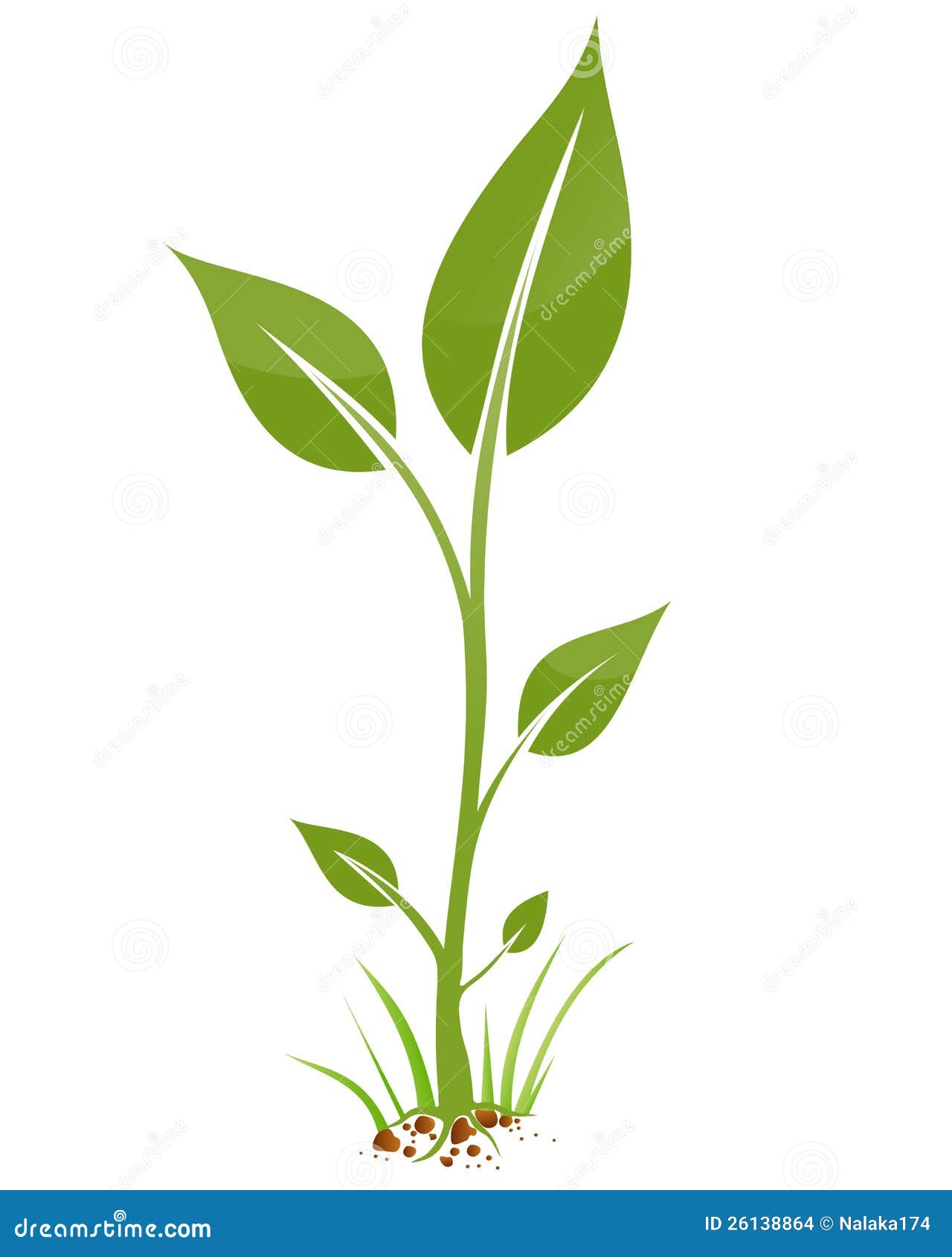Suitable identification is the to start with step to good administration. We have established biography pages for every ailment to assist you superior recognize why diseases invade.
The biography internet pages consist of facts on habitat, choice popular names (AKA), seem-a-likes, administration practices and chemical controls. Know what you might be wanting for? Swiftly accessibility precise disorders by popular name.
Won’t be able to find the title on the illness listing? Use the search software to bounce right to your favourite pesky sickness. Not certain the place to start? Use the Disorder ID Tool. Login to get accessibility to the chemical control section and see the diseases that are now lively in the vicinity of your site.
- Aseasonal Identification
- Would be the foliage effortless or compound?
- Each of our place is not really a woody shrub neither a vine, this is a wildflower.
- What other foliage elements are very important?
- Orchid flowers along with appropriate plants
- Even more Thinkings
- A compass, to look for the geographic location regarding your web-site
- Go Botany flowers of New The united kingdom
Far more details. Poison Ivy (Plant >In the to start with four photo’s down below, observe the extraordinary variation in the leaves of https://www.plantidentification.biz/ the plants. All are poison ivy. The leading and bottom remaining are in the same patch as are the best and bottom photographs on the ideal.
Would be renders user-friendly or substance?

In simple fact, these radically various hunting leaves are on the similar plant! It is this irregularity of the leaves, the persistent inconsistency of leaves on the identical vine or plant that can make poison ivy unmistakable. Most three leave plants have symmetrical leaves, the most popular exception to this is the younger Box Elder tree. The Michigan Character Guy’s Web site. To get individuals on the lookout at, taking pleasure in, and knowledge the pure environment around them.
Wildflowers in Wintertime: Introduction and Crops owning Huge Seedpods.
Common Milkweed in wintertime. Learning to detect wildflowers from their seedpods is a satisfying bit of detective operate. I am delighted when I can tell the genus of a distinct plant. Whether or not it is a Milkweed, Goldenrod, Iris, and so forth. is enough for me.
Often when I discover a strange seedpod the only way I can figure out what it is, is by returning to the spot throughout the flowering season and observing what species are increasing there. Two exceptional textbooks that assist to detect wintertime wildflowers are Wintertime Wildflowers by Helen V. Smith and Weeds in Winter season by Lauren Brown. Smith’s ebook is at the moment out of print but Brown’s reserve with her outstanding line drawings and a workable identification vital has been reprinted below the title Weeds and Wildflowers in Winter .
When I see a winter wildflower the very first thing I recognize is the development behavior of the plant. Is it shorter or tall, erect or creeping, how many flowers did it have? Then I look at the plant, are there scars exactly where the flower petals connected? Do dried leaves or their scars keep on being on the plant? Can you establish if the leaves are reverse, whorled, or alternate (glance for leaf scars)? Does the plant have seedpods, heads of seeds, or seeds in extensive teams? What is the shape of the seedpod, lengthy, pointed, peapod-like, wide, narrow? How a lot of sections does it have? Do any of the flower areas continue to be? Glance at the shape of the seed head. Is it a ball, elongated, pointed? Are the seeds fuzzy, barbed, sticky, clean? What is the habitat, soaked, dry, sunny, woods, fields, dunes?Here are some of the southeast Michigan winter season wildflowers with substantial pods. By big I imply longer then 25mm [one inch] and a diameter increased than 6mm (one/four inch). Milkweed pods and seeds. Milkweeds ( Asclepias spp.
) have elongated follicles, seedpods that break up along a one line. Follicles can be easy or warty based on the species. Seeds are in some cases current into the winter and each individual seed is comose this means it possesses a tuft of hair which will allow it to float on the breeze. Wild Indigo seed pods.
Wild Indigo ( Baptisia spp. ) is a prairie plant that is now staying used in native gardens. It is a a lot of-stemmed plant with various pods per stem. Diane Ackerman in her excellent essay selection Dawn Gentle properly describes «the indigo’s unwanted fat seedpods, every a single a plump lady’s leg with a seamed stocking.